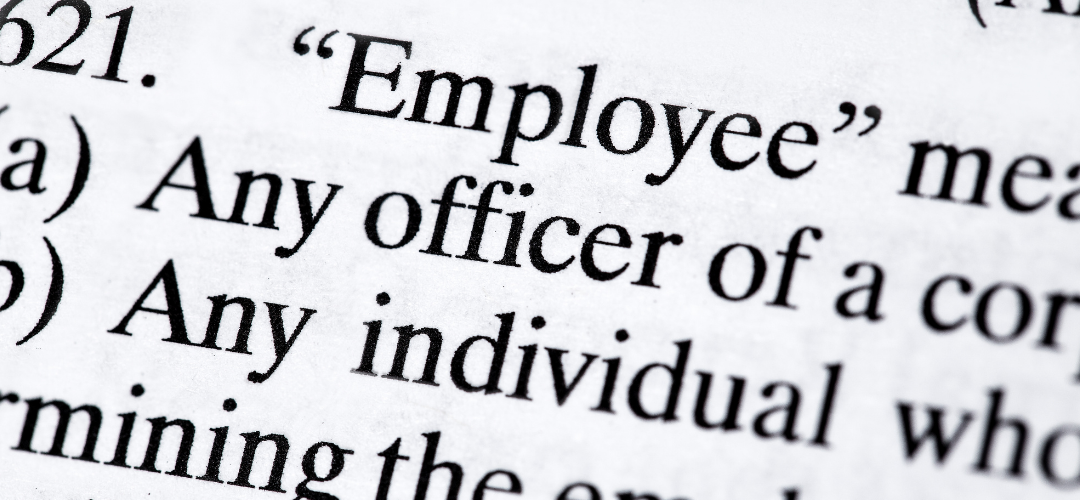Why classifying workers is important
Classifying workers correctly as an employee or an independent contractor is incredibly important for many reasons. The classification determines if an employer must withhold income taxes, pay Social Security, Medicare taxes, and unemployment tax on wages paid to employees. Employers normally do not have to withhold or pay taxes on payments to independent contractors. Those earnings will be subject to a self-employment tax, paid by the independent contractor personally. The general rule is that the individual is an independent contractor when the payer (or employer) can only control or direct the result of the work, not how the work will be performed or what exactly will be done. Whether a worker is an employee or an independent contractor will depend on the facts in each situation.
The difference between an employee and a contractor
There are three big categories to help determine how to properly classify a worker: (1) behavioral control, (2) financial control, and (3) relationship of the parties. Each of these broad categories has several smaller categories that further identify what would cause a worker to be considered an employee or an independent contractor. Behavioral control includes the types of instruction that could be given to a worker, the degree of instruction, the use of evaluation systems to measure performance, and the type of training provided by an employer. Financial control includes all things having to do with money such as the investment employers make in equipment, opportunities for profit or loss, services available to the market, as well as the method of payment to the worker. Finally, the relationship includes things like written contracts, benefits, and services offered by the employer to the worker. The more control employers have over the individual, the more likely they are to be classified as an employee and not an independent contractor.
What are the consequences of misclassifying a worker
A significant consequence for classifying an employee as an independent contractor is that employers become liable for paying employment taxes. Employers may be allowed to provide a reasonable basis for not treating their worker as an employee, which would allow them to avoid paying such taxes. The Voluntary Classification Settlement Program offers certain eligible businesses the option to reclassify their workers, and get partial relief from paying federal employment taxes.
Still Not Sure How to Classify Your Workers?
Lengea Law is happy to help! Get a free consultation now by clicking below


